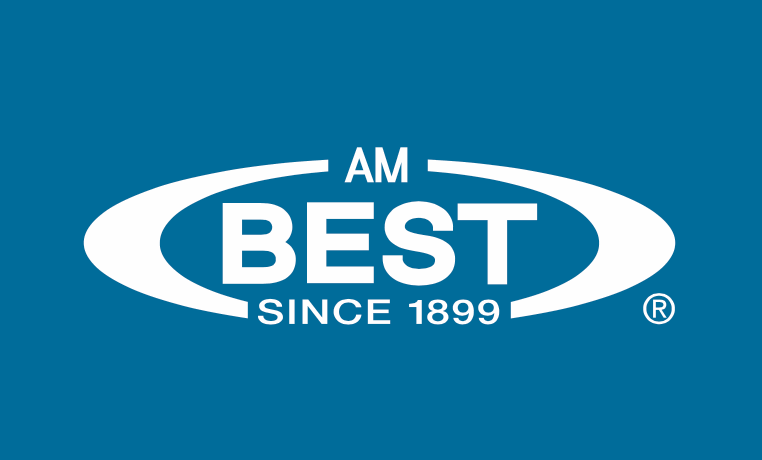
AM Best supports EU nat cat insurance proposal but stresses need for greater clarity
- by Admin
- Posted on May 15, 2025
AM Best, the credit rating agency, has expressed cautious support for a new European Union proposal to create a public-private reinsurance scheme focused on natural catastrophe risks.
 While the credit rating agency sees potential benefits for the insurance sector across the bloc, it emphasises that many of the plan’s essential details remain unclear and could significantly influence its success.
While the credit rating agency sees potential benefits for the insurance sector across the bloc, it emphasises that many of the plan’s essential details remain unclear and could significantly influence its success.
The proposed framework, advanced by the European Central Bank (ECB) and the European Insurance and Occupational Pensions Authority (EIOPA), outlines a two-part strategy.
It includes the formation of a reinsurance mechanism supported by private insurers and national schemes, along with the creation of a publicly financed disaster recovery fund.
In principle, this structure aims to pool catastrophe risks at a continental level, diversify exposures, improve pricing stability, and ensure rapid post-disaster recovery efforts.
The disaster fund, funded by contributions from member states, would be contingent on pre-agreed risk reduction measures, ensuring some level of responsibility and prevention at the national level.
AM Best views this initiative as a meaningful attempt to address the widening gap between insured and economic losses caused by natural disasters across Europe. The idea of centralising some elements of catastrophe risk and combining it with national efforts could bring improved coordination and more consistent outcomes.
Still, AM Best points out that the framework is far from complete. Questions remain around whether participation would be mandatory, how coverage limits and premium rates would be established, and what level of regulatory oversight would be enforced. These unresolved components are crucial for aligning the interests of stakeholders across the EU’s varied insurance markets.
The need for action is underscored by recent data. According to the latest sigma report from Swiss Re, Europe recorded more than USD 33 billion in economic losses due to natural catastrophes in 2024. However, insurance covered less than half of that total—just USD 14.7 billion.
Europe experienced multiple billion-dollar flooding events in the same year, with three major floods occurring in Germany, Central and Eastern Europe, and Valencia, Spain.
The Valencia event alone led to an estimated EUR 4.5 billion in insured losses, making it the most expensive natural catastrophe in Spain’s history.
Although insurance penetration in Europe is generally higher than in other parts of the world, exposures are growing due to economic development, increased urbanisation, and the ongoing effects of climate change. AM Best believes these trends justify a coordinated EU-level response, but the current lack of harmonisation in national schemes could pose a challenge.
Several EU countries have taken individual steps to update their domestic catastrophe insurance models. In France, for example, changes to the financing of the state-backed reinsurer CCR have resulted in an added surcharge to policyholders in an effort to maintain sustainability amid rising claims.
In Italy, recent legislation now requires large enterprises to purchase coverage against specific perils, such as floods and earthquakes.
The requirement will extend to smaller firms later in 2025, and the government-owned reinsurer SACE S.p.A. has been tasked with providing reinsurance capacity, backed by a state guarantee. Spain is considering expanding its long-standing Consorcio scheme to cover additional weather events, such as hail and snow, after the severe floods in Valencia.
Germany, meanwhile, continues to grapple with regional disparities in its approach. While some states have adopted opt-out flood coverage, the absence of a federal system has hindered comprehensive reform.
A recently signed coalition agreement proposes the creation of a state-backed reinsurer and mandates natural hazard insurance on all new residential property policies, but implementation details are still pending.
AM Best concludes that while the EU’s effort to support catastrophe resilience through a structured public-private solution is a welcome development, its impact will depend heavily on the finer points of execution.
A coordinated, transparent, and adaptable framework will be necessary to ensure broad support and long-term sustainability. Without that, the initiative risks becoming fragmented or under utilised—undermining its potential to close the protection gap and strengthen the insurance sector’s response to climate-driven events.
Angela Yeo, Senior Director and Head of Analytics and Operations at AM Best (EU) Ratings Services in Amsterdam, and author of the commentary, commented: “AM Best welcomes the fact that the EU and several of its member states are taking actions in response to the increase in natural catastrophe activities.
“An EU-wide pool will ultimately improve pricing volatility for re/insurance covers offered, ensure funds are available for rebuilding infrastructure in a timely manner, improve risk mitigation practices, and above all, help in closing the protection gap between economic losses and insured losses to households and businesses caused by the effects of climate change on natural catastrophes.
“These decisions will be important for securing stakeholder support as European markets currently have wide-ranging solutions to deal with their domestic exposures to natural catastrophes. AM Best recognises that a European-backed public-private partnership would need to work for all.”
The post AM Best supports EU nat cat insurance proposal but stresses need for greater clarity appeared first on ReinsuranceNe.ws.
AM Best, the credit rating agency, has expressed cautious support for a new European Union proposal to create a public-private reinsurance scheme focused on natural catastrophe risks. While the credit rating agency sees potential benefits for the insurance sector across the bloc, it emphasises that many of the plan’s essential details remain unclear and could…
